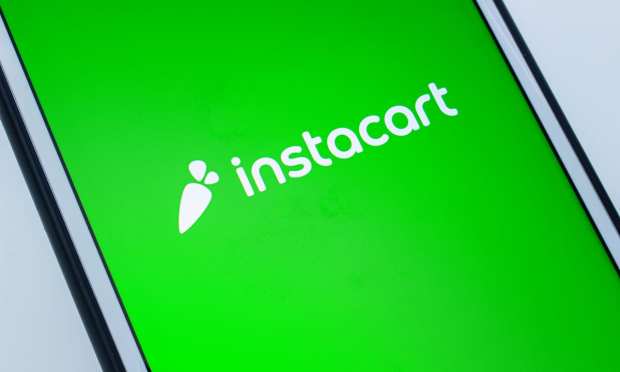Instacart’s SNAP Integration Expands eGrocery Options For Food Stamp Recipients

Leading grocery delivery service Instacart announced Thursday (April 29) the expansion of its integration with electronic benefits transfer (EBT) Supplemental Nutrition Assistance Program (SNAP) to include several more major supermarkets. The service will begin accepting these food stamp payments, already accepted through Instacart at thousands of Aldi and Food Lion locations, at Publix, The Save Mart Companies and Price Chopper/Market 32 locations, with food stamps to be accepted by Instacart in 38 states totaling 4,000 stores.
“Providing people access to the food they love is at the core of Instacart’s mission,” Nilam Ganenthiran, Instacart president, said in a statement. “We recognize the opportunity we have to help make fresh food and pantry staples more accessible to communities by breaking down barriers to same-day grocery delivery and pickup. We’re committed to continuing to expand EBT SNAP payments for Americans nationwide.”
Access to food stamp integrated online grocery options remains far more limited than brick-and-mortar grocery. While this has been an issue for years, the problem became especially pronounced in 2020, when the lack of online options forced SNAP recipients into brick-and-mortar aisles despite contagion concerns, while those who did not participate in the program were able to order their groceries online from the safety of their homes.
Addressing this issue, the United States Department of Agriculture (USDA) Food and Nutrition Service (FNS) does run an Online Purchasing Pilot to extend SNAP payments to a wider range of online grocery retailers, offering options in 47 states and Washington, D.C. (not available in Alaska, Louisiana, or Montana), which includes major retailers such as Aldi, Amazon, H-E-B, Publix and Walmart, among others.
“People who receive SNAP benefits should have the opportunity to shop for food the same way more and more Americans shop for food — by ordering and paying for groceries online,” said Sonny Perdue, U.S. Secretary of Agriculture at the time, in an FNS news release announcing the launch. “As technology advances, it is important for SNAP to advance too, so we can ensure the same shopping options are available for both non-SNAP and SNAP recipients. We look forward to monitoring how these pilots increase food access and customer service to those we serve, specifically those who may experience challenges in visiting brick and mortar stores.”
As Bloomberg reports, Instacart’s expansion of its integration brings the grocery deliver service in competition for SNAP recipients’ online grocery spending with eCommerce giants Amazon and Walmart. As these integrations roll out, and as the FNS program expands, fixing the broken economics of online grocery will become more important than ever, with delivery no longer being primarily the purview of higher income consumers able to pay a premium for convenience.
According to the most recent FNS data, there are currently 41.6 million SNAP participants (21.6 million households), with an average monthly benefit of $ 371.74 per household, making for a total of $15.5 billion. If SNAP recipients were looking to shift even a tenth of their grocery shopping online, these online grocery giants would still be in competition for over $1 billion of SNAP spending.
